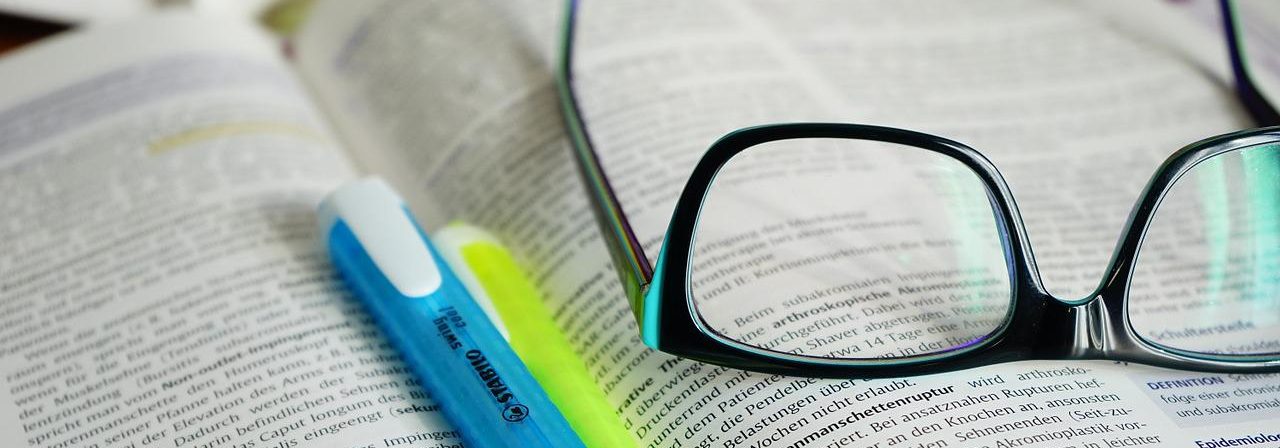References
Bawa, F. L. M., Mercer, S. W., Atherton, R. J., Clague, F., Keen, A., Scott, N. W., & Bond, C. M. (2015). Does mindfulness improve outcomes in patients with chronic pain? Systematic review and meta-analysis. British journal of general practice, 65(635), e387–e400. England: Royal College of General Practitioners.
Bhuvaneswar, C. G., Epstein, L. A., & Stern, T. A. (2007). Reactions to amputation: recognition and treatment. Primary care companion to the Journal of clinical psychiatry, 9(4), 303–308. United States: Physicians Postgraduate Press, Inc.
Columbo, J. A., Davies, L., Kang, R., Barnes, J. A., Leinweber, K. A., Suckow, B. D., Goodney, P. P., et al. (2018). Patient Experience of Recovery After Major Leg Amputation for Arterial Disease. Vascular and endovascular surgery, 52(4), 262–268. Los Angeles, CA: SAGE Publications.
Dennis, C.-L. (2003). Peer support within a health care context: a concept analysis. International journal of nursing studies, 40(3), 321–332. Oxford: Elsevier Ltd.
Desteli, E. E., İmren, Y., Erdoğan, M., Sarısoy, G., & Coşgun, S. (2014). Comparison of upper limb amputees and lower limb amputees: a psychosocial perspective. European journal of trauma and emergency surgery (Munich : 2007), 40(6), 735–739. Berlin/Heidelberg: Springer Berlin Heidelberg.
Holzer, L. A., Sevelda, F., Fraberger, G., Bluder, O., Kickinger, W., & Holzer, G. (2014). Body image and self-esteem in lower-limb amputees. PloS one, 9(3), e92943–e92943. United States: Public Library of Science..
Horgan, O., & MacLachlan, M. (2004). Psychosocial adjustment to lower-limb amputation: A review. Disability and rehabilitation, 26(14-15), 837–850. England: Informa UK Ltd.
Geertzen, J. H. B., Van Es, C. G., & Dijkstra, P. U. (2009). Sexuality and amputation: a systematic literature review. Disability and rehabilitation, 31(7), 522–527. England: Informa UK Ltd.
Livneh, H., Antonak, R. F. (1997). Psychosocial adaptation to chronic illness and disability . Aspen
Martin, L., White, M. P., Hunt, A., Richardson, M., Pahl, S., & Burt, J. (2020). Nature contact, nature connectedness and associations with health, wellbeing and pro-environmental behaviours. Journal of environmental psychology, 68, 101389–. Elsevier Ltd.
Mckechnie, P. ., & John, A. (2014). Anxiety and depression following traumatic limb amputation: A systematic review. Injury, 45(12), 1859–1866. Netherlands: Elsevier Ltd.
Peirano, A. H., & Franz, R. W. (2012). Spirituality and Quality of Life in Limb Amputees. The International journal of angiology, 21(1), 047–052. 333 Seventh Avenue, New York, NY 10001, USA: Thieme Medical Publishers.
Rowney, F., Thompson, D., Mizen, A., White, M., Lovell, R., Fry, R. Watkins, A. et al. (2020). Is Wellbeing Associated with Time Spent in Nature? International journal of population data science, 5(5). Swansea University
Xunlin, N., Lau, Y., & Klainin-Yobas, P. (2019). The effectiveness of mindfulness-based interventions among cancer patients and survivors: a systematic review and meta-analysis. Supportive care in cancer, 28(4), 1563–1578. Berlin/Heidelberg: Springer Berlin Heidelberg.


